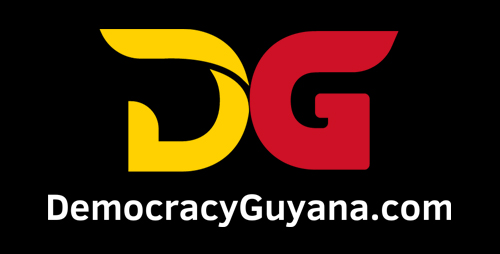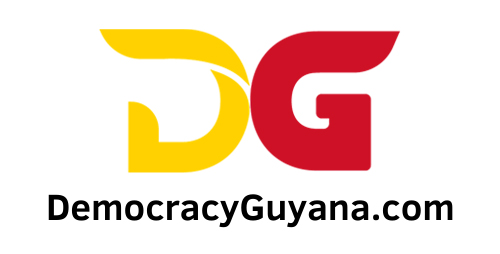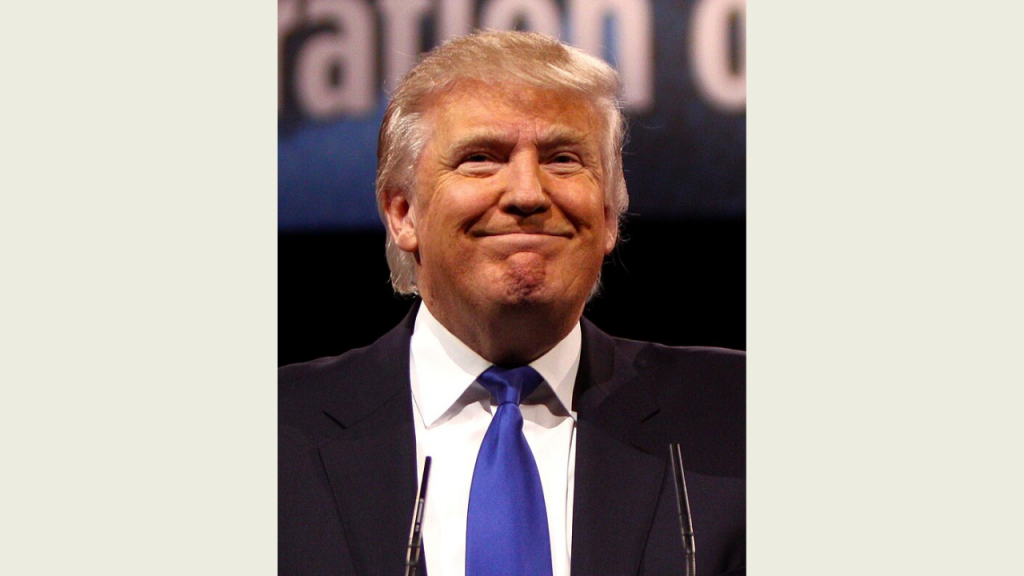Former U.S. President Donald Trump, known for his robust and often controversial trade policies, has once again made headlines by introducing a new tariff policy. This latest move has sparked widespread debate among economists, business leaders, and political analysts, given its potential to reshape international trade dynamics. This article delves into the specifics of the new tariff, its intended objectives, and the broader implications for the global economy.
Understanding the New Tariff Policy
The newly announced tariff policy targets a range of imported goods, with a particular focus on products from countries that Trump has frequently criticized for “unfair trade practices.” The tariffs, set to take effect in the coming months, will impose increased duties on steel, aluminum, electronics, and automotive parts. This move is part of Trump’s broader strategy to reduce the U.S. trade deficit and encourage domestic manufacturing.
Key features of the new tariff policy include:
- Higher Duties on Key Imports: The policy introduces tariffs ranging from 10% to 25% on selected goods, with the highest rates targeting products deemed critical to national security and economic stability.
- Focus on Specific Countries: While the policy applies to multiple trading partners, it places particular emphasis on imports from China, Mexico, and the European Union—regions Trump has previously accused of engaging in trade practices detrimental to U.S. interests.
- Exemptions and Adjustments: Certain countries and industries may seek exemptions, provided they can demonstrate that their exports do not harm U.S. economic interests. This clause has led to a flurry of diplomatic activity as nations negotiate for favorable treatment.
Objectives Behind the Tariff Policy
Trump’s rationale for the new tariffs is rooted in several key objectives:
- Promoting Domestic Manufacturing: By making imported goods more expensive, the tariffs aim to incentivize companies to produce more within the United States, thereby creating jobs and boosting local industries.
- Reducing the Trade Deficit: The policy seeks to curb the U.S. trade deficit by discouraging excessive imports and encouraging exports.
- Protecting National Security: Some tariffs are justified on the grounds of national security, with the argument that reliance on foreign materials for critical infrastructure could pose risks.
- Negotiating Leverage: Trump has often used tariffs as a bargaining chip in trade negotiations, applying economic pressure to extract favorable terms from trading partners.
Economic Implications
The introduction of the new tariffs has elicited mixed reactions from various stakeholders:
- Impact on Consumers: Higher import duties typically lead to increased prices for goods, as companies pass on the additional costs to consumers. This could result in inflationary pressures, particularly for products with few domestic alternatives.
- Effect on Businesses: While some industries may benefit from reduced foreign competition, others reliant on imported materials could face higher production costs. This is particularly concerning for sectors such as automotive manufacturing and electronics.
- Global Trade Relations: The tariffs risk escalating trade tensions, potentially leading to retaliatory measures from affected countries. Such tit-for-tat responses can disrupt global supply chains and create uncertainty in international markets.
- Stock Market Reactions: Financial markets often respond sensitively to tariff announcements, with potential volatility as investors react to anticipated economic impacts.
International Response
The global reaction to Trump’s latest tariff policy has been swift and varied:
- China: As a primary target of the new tariffs, China has condemned the policy and hinted at potential retaliatory measures. This could reignite trade tensions reminiscent of the previous U.S.-China trade war.
- European Union: EU officials have criticized the tariffs as protectionist and contrary to the principles of free trade. Discussions are underway to determine potential countermeasures and diplomatic strategies.
- Mexico and Canada: Both nations, key partners in the USMCA trade agreement, are assessing the policy’s impact and exploring avenues for exemptions or renegotiation.
Political Ramifications
Domestically, the new tariff policy has become a polarizing issue:
- Supporters’ View: Proponents argue that tariffs are necessary to protect American jobs, reduce dependency on foreign goods, and strengthen the U.S. economy.
- Critics’ Perspective: Opponents contend that the policy could backfire by increasing costs for consumers and businesses, straining international relations, and potentially triggering a global trade slowdown.
Historical Context and Comparison
Trump’s tariff approach is consistent with his previous trade policies during his presidency, notably the tariffs imposed during the U.S.-China trade war. However, the current policy is broader in scope, targeting a wider range of countries and products.
While past U.S. administrations have used tariffs strategically, Trump’s approach is distinguished by its aggressive implementation and emphasis on bilateral trade deficits. This marks a significant departure from the multilateral trade frameworks traditionally favored by U.S. policymakers.
Potential Long-Term Effects
The long-term effects of Trump’s latest tariff policy will depend on various factors, including global economic conditions, trading partners’ responses, and U.S. industries’ adaptability. Potential outcomes include:
- Reshaping Supply Chains: Companies may diversify their supply chains to mitigate tariff impacts, potentially leading to shifts in global manufacturing hubs.
- Influence on Trade Agreements: The policy could influence future trade negotiations, with countries seeking to secure terms that protect against sudden tariff impositions.
- Economic Growth Impact: Depending on how businesses and consumers respond, the tariffs could either support domestic growth through increased manufacturing or hinder it through higher costs and reduced trade activity.
Conclusion
Donald Trump’s latest tariff policy represents a bold and contentious move in the realm of international trade. While it aligns with his “America First” agenda, its broader implications for the U.S. economy and global trade relations remain to be seen. As businesses, policymakers, and consumers navigate the changes, the policy’s success will ultimately be measured by its impact on economic growth, job creation, and America’s standing in the global marketplace.





